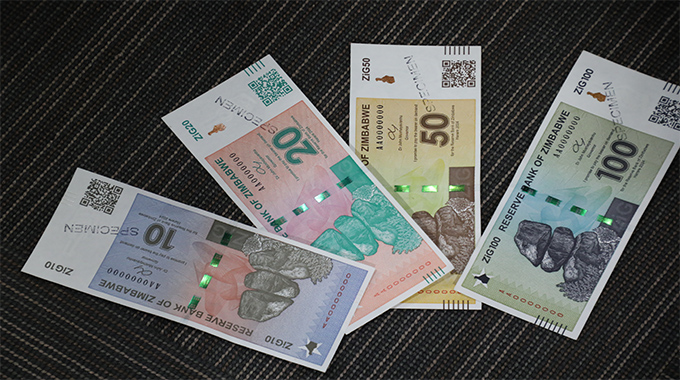Zim to miss gold production target

 Harare Bureau
Harare Bureau
Zimbabwe is set to miss its national gold production target of 15 tonnes this year as mining companies continue to battle a myriad of challenges chief among them the high cost of power, royalties and employment.Chamber of Mines gold producers’ committee chairman Ian Sanders said the country could miss the target of 15 tonnes which the government had set for this year as there has been no policy action to address their problems.
“Gold production is falling and will continue falling. It is most likely that we will miss the (gold output) target of 15 tonnes for this year. It could actually be worse if one or two producers close down,” Saunders said.
He said that gold producers were being forced to cut back on mine development and cut off grade to balance up revenues and costs in the hope that at some point in the future the situation would return to normal.
Major constraints cited by gold mining companies included the high cost of electricity. Power utility Zesa charges gold miners between 13 cents and 14 cents per kilowatt hour to get uninterrupted supply of electricity.
Sanders said gold mining companies were paying about 60 percent more for electricity compared to other industrial users. Effort to engage Zesa for a reduction on cost of power did not yield a result.
Producers have hitherto lobbied the government to reduce the rate of royalty. Gold mining companies pay 7 percent royalty on gross proceeds. These challenges have forced gold miners to cut on capital expenditure.
The high rate of royalty adds to other charges by the Minerals Marketing Corporation, Environmental Management Authority, which have reduced viability in gold mining at a time gold prices have come down. Sanders said the problems were policy and cost related.
“We have got deep structural issues (affecting gold mining) in this country,” he said. He said problems affecting viability of mining companies were a result of failure to take corrective action in time.
Gold and platinum are Zimbabwe’s biggest export revenue earners. Between them they generate more than half the revenue from mineral exports. Mining is expected to drive economic growth in the medium term.
Sources in the gold mining industry said the country would have done extremely well if the producers battled through the debilitating problems and output reached 12 tonnes by end of this year.
They said that lobbying the government had also failed to yield the desired result with Treasury desperate to maximise revenue collections at a time inflows have been tapering off due to the crippling liquidity constraints.
However, gold deliveries to Fidelity Printers and Refiners, the sole buyer of the mineral, rose 22 percent in July, the third successive growth.
In Zimbabwe, gold is produced by companies and individuals specialising in gold mining and also comes as a by-product of platinum with significant volumes produced by Zimplats, Unki and Mimosa.
The increase in the bullion output comes as the country targets to reach 10 tonnes to be re-admitted on the London Bullion Market Association.
Gold deliveries totalled 1,264 kilogrammes from 1,019kg the previous month, figures from the Ministry of Mines and Mining Development show.
Cumulatively, deliveries totalled 7,226kg in seven months to July. About 5,649kg came from large scale gold firms and 1,576kg from small-scale miners.
Fidelity Printers resumed gold refining in December last year after it suspended operations at the height of the economic meltdown in 2008.










Comments